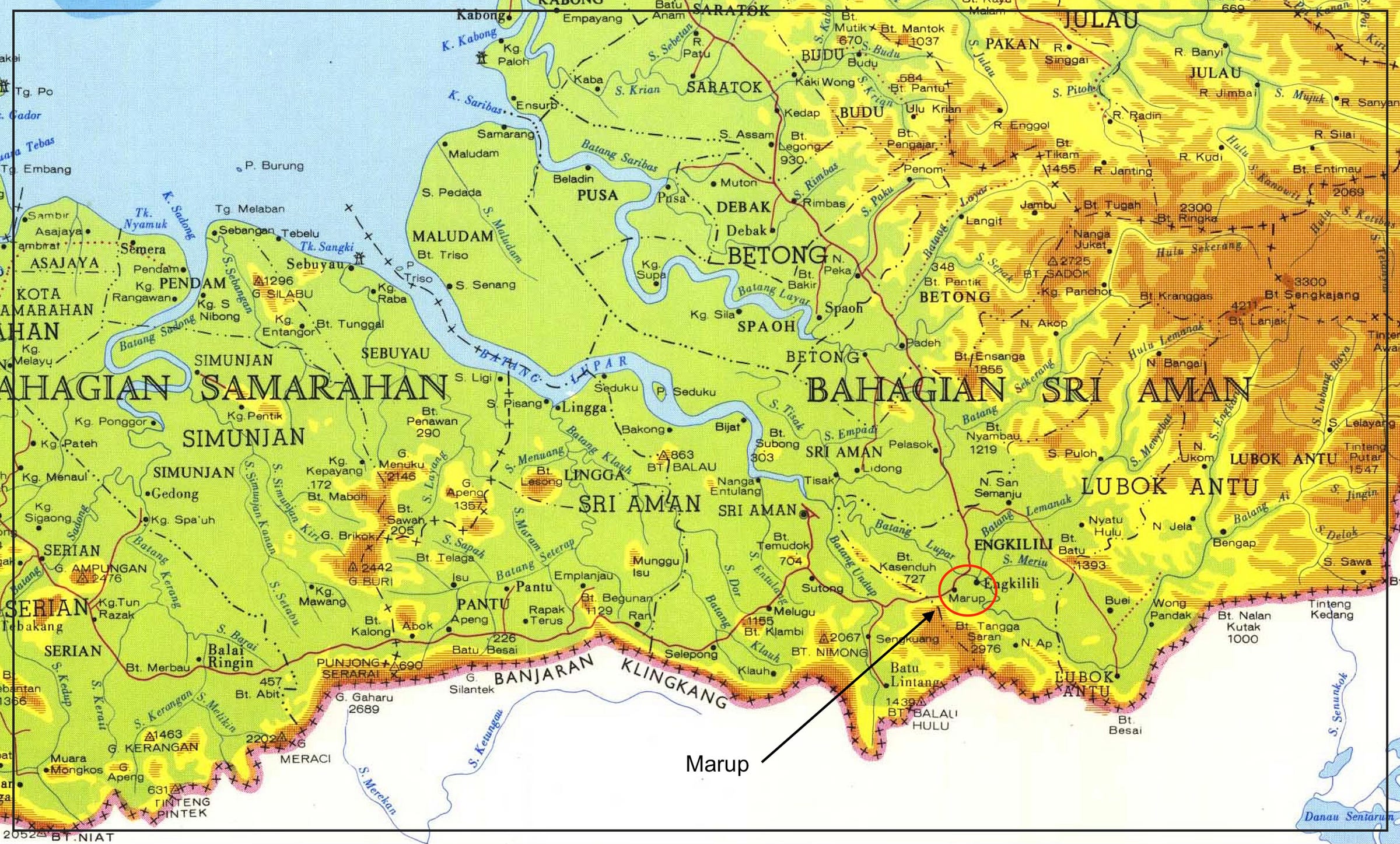How a 19th Century Gold Rush Shaped Sarawak’s History
Uncovering the Hidden Legacy of Marup: A Forgotten Gold Rush Town Where Chinese Miners and Iban Communities Forged a Unique Cultural Identity in Sarawak’s Heartland.

This article serves as a continuation of my exploration into the history of the Sino-Iban community. For deeper context and background, you can read my previous piece, “The Forgotten Sino-Iban: The Untold Story of Sarawak’s Lost Heritage,” which delves into the origins, cultural fusion, and legacy of this unique Chinese-Iban lineage in Sarawak.
Gold, Migration, and a Forgotten Town in Sarawak’s Interior
Before oil palm plantations stretched across the land and before timber barons reshaped Sarawak’s forests, there was gold. It shimmered beneath riverbeds, luring adventurers, traders, and laborers into the heart of Borneo. One such place was Marup, a gold-mining settlement tucked along the Engkilili River at the foot of Tiang Laju Mountain.
Marup was more than a remote mining outpost. In the 19th century, it became home to 450 Chinese men, women, and children who built lives alongside the Batang Lupar Dayaks. Unlike the fleeting boomtowns of California or Australia, Marup was not just a pit stop for fortune seekers. It was a community. Families took root, traditions merged, and a legacy was etched into Sarawak’s history.
A Village Forged in Gold and Knowledge
Gold may have drawn the first Chinese settlers, but survival demanded more than mining. They raised pigs, cultivated rice, and planted fruit trees, laying the foundation for a self-sustaining village. In a land where Dayak communities relied on rivers and rainfall, the Chinese introduced an engineering marvel rarely seen in Sarawak’s interior—a Roman-style well. This feat of ingenuity ensured a steady water supply, a rare advantage in the rugged frontier.
Keep reading with a 7-day free trial
Subscribe to Borneo's Voices & Stories to keep reading this post and get 7 days of free access to the full post archives.




